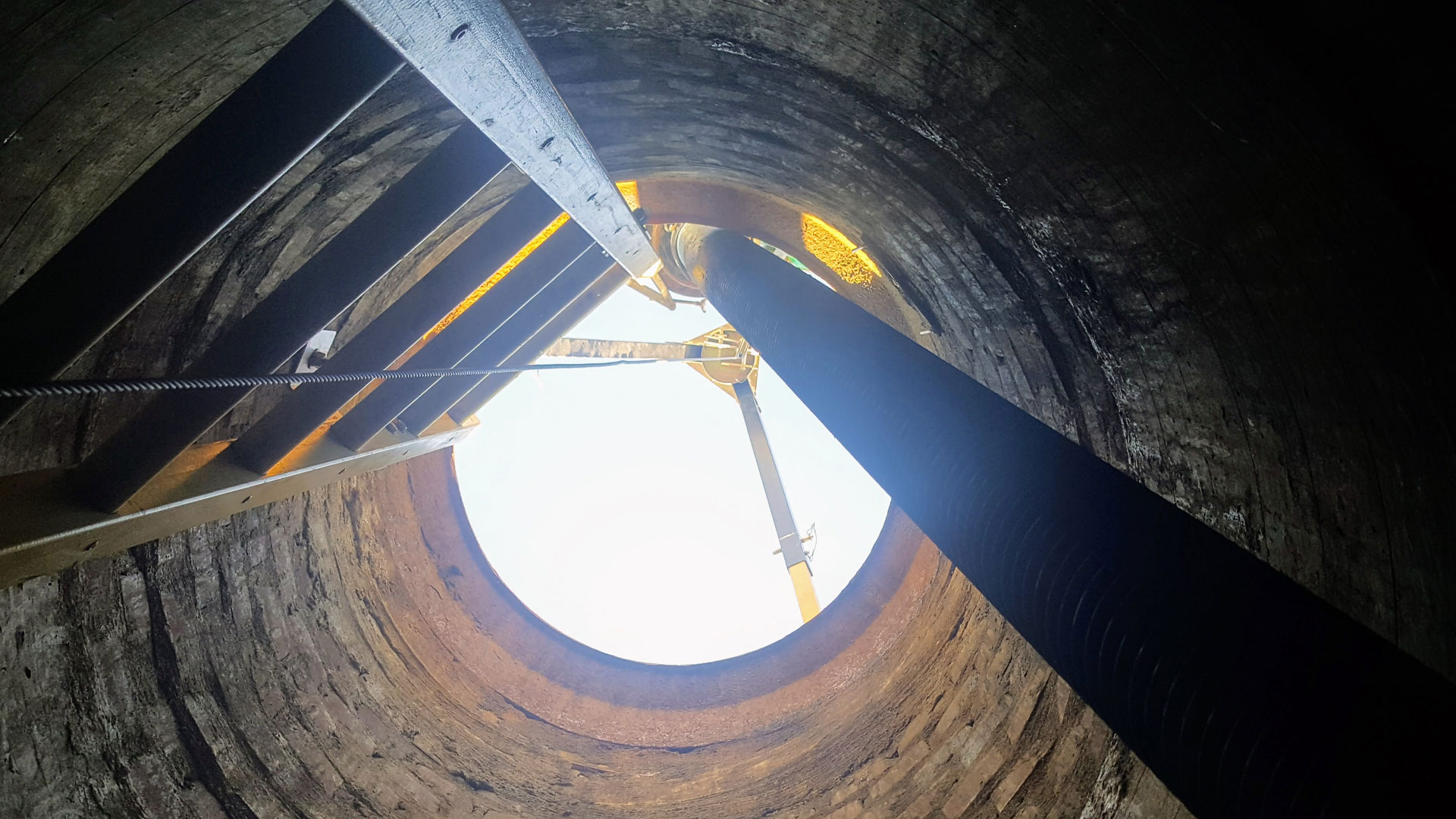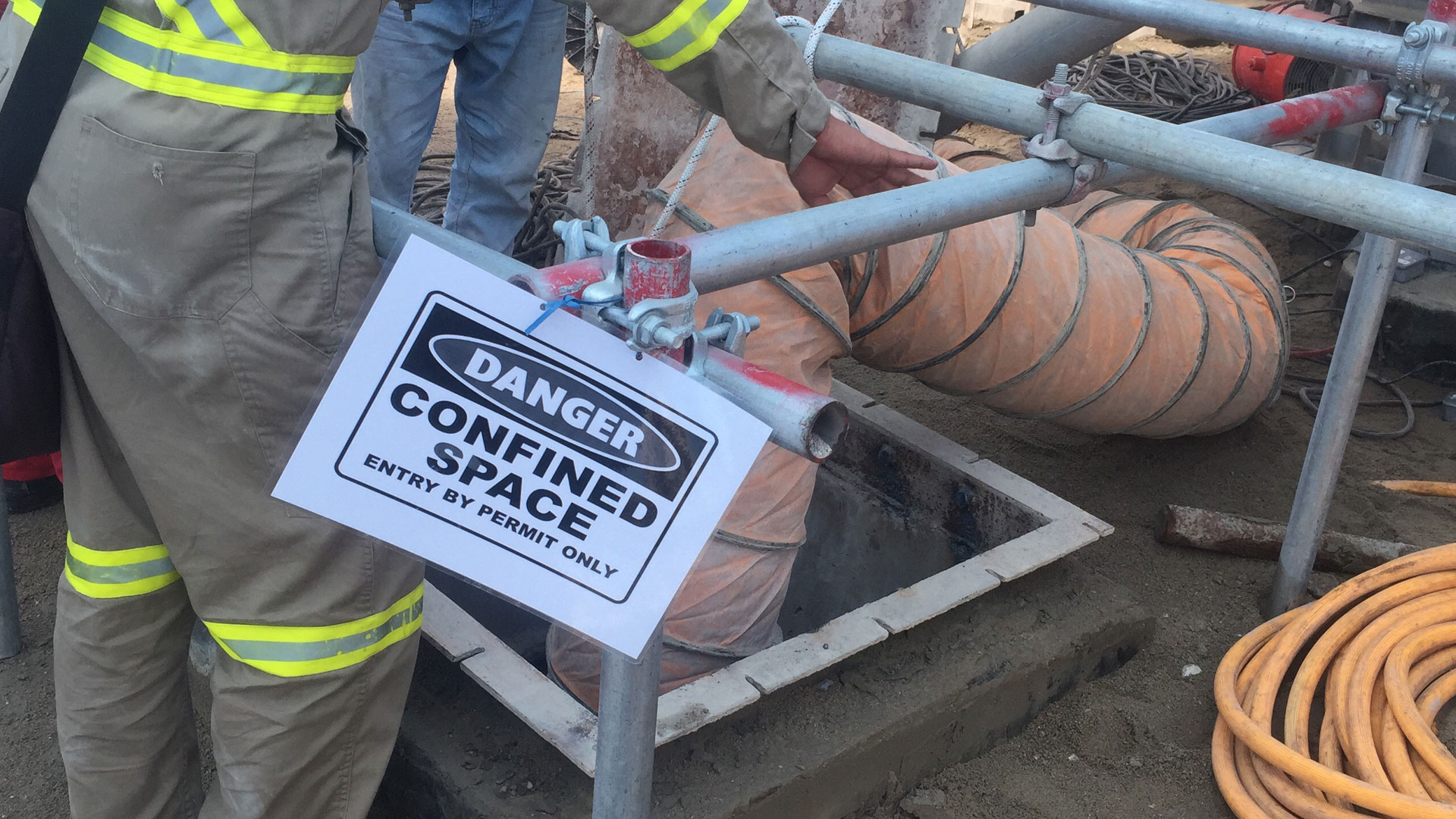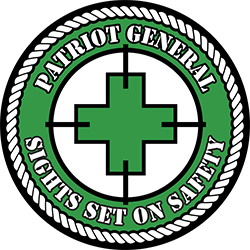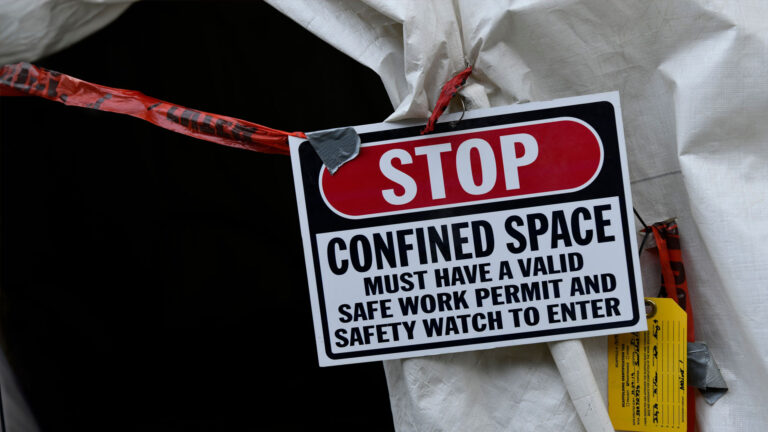According to the U.S. Occupational Safety and Health Administration (OSHA), a confined space is an area large enough to fully enter or perform certain jobs. A confined space also has limited or restricted means of entry or exit.
Statistics show that an average of 90 people died each year while working in confined spaces in the United States alone. Most of these incidents are caused by asphyxiation or oxygen deficiency due to the presence of deadly gases while performing certain jobs.
Detailed safety procedures must be thoroughly conducted to ensure all entrants will be provided adequate protection while performing their job inside the confined space.

Confined Space Hazards
Atmospheric Hazards
Oxygen concentration below 19.5% or above 23.5%, Flammable gas greater than 10% of the Lower Explosive Limit (LEL), Atmospheres exceeding the OSHA Permissible Exposure Limit (PEL), Airborne combustible dust that obscures vision at 5ft. or less.
Configuration Hazards
Internal configurations that could entrap or suffocate an entrant by inwardly converging walls or floors that taper to a smaller cross-section Example: hoppers, bins and tanks.
Engulfment Hazards
Where there is a potential for a liquid or solid material to drown, capture or suffocate an entrant. Examples include water, grains and soils.
Other Hazards
Other hazards may include electrical hazards, mechanical hazards, chemical hazards, steam hazards, extreme temperatures, slippery floors, poor lighting, and noise.

Confined Space Entry Procedures
The space must be assessed for all real and potential hazards.
• A Confined Space Entry Permit and Pre-Entry Briefing must be completed prior to entry.
• Eliminate all hazards prior to entry when feasible. Utilize Lock/Tag/Verify procedures when required.
• Complete and record pre-entry air quality measurements. Continuously monitor the space during entry.
• Obtain and set up all safety equipment including air monitors, barricades, and ventilation equipment when required.
• Entrants working in a Permit Required Confined Space must wear a body harness for underground entries.





